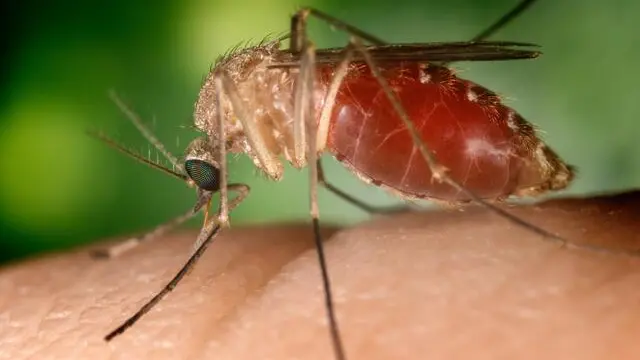West Nile, positive cornacchie e zanzare nell'Oristanese

ORISTANO, 12 AGO - Le prime positività al virus della febbre del Nilo (West Nile) e all'Usutu virus sono state registrate, quest'anno, a San Vero Milis e Oristano. Lo comunica il Servizio di Sanità animale della Asl di Oristano. Il Servizio della Asl 5 - diretto dal dottor Enrico Vacca, che fa capo al Dipartimento di Igiene e Prevenzione diretto dalla dottoressa Maria Valentina Marras - ha già inviato una proposta di delibera ai Comuni di San Vero Milis e Oristano, ma anche a tutte le amministrazioni della provincia di Oristano al fine di mettere in campo tutta una serie di azioni preventive per evitare il diffondersi dei due virus e il contagio anche agli esseri umani. A San Vero Milis sono risultate positive alla West Nile alcune cornacchie abbattute, nel territorio di Oristano un gruppo di zanzare catturato ha contratto sia il virus della Febbre del Nilo che l'Usutu Virus. "La situazione è sotto controllo - spiega il dottor Vacca - la malattia si trasmette solo attraverso la puntura delle zanzare". Nel 2023 due uomini, un 72enne di Siamanna e un 52enne di Siamaggiore, sempre in provincia di Oristano, avevano contratto il virus della West Nile. Ed ancora un gruppo di zanzare positivo a Torregrande, due cornacchie a Solarussa e un cavallo a Paulilatino. Lo scorso anno erano inoltre risultati positivi all'Usutu Virus tre storni ad Oristano e due pool di zanzare, uno ad Arborea e l'altro a Oristano.
Riproduzione riservata © Giornale di Brescia
Iscriviti al canale WhatsApp del GdB e resta aggiornato
